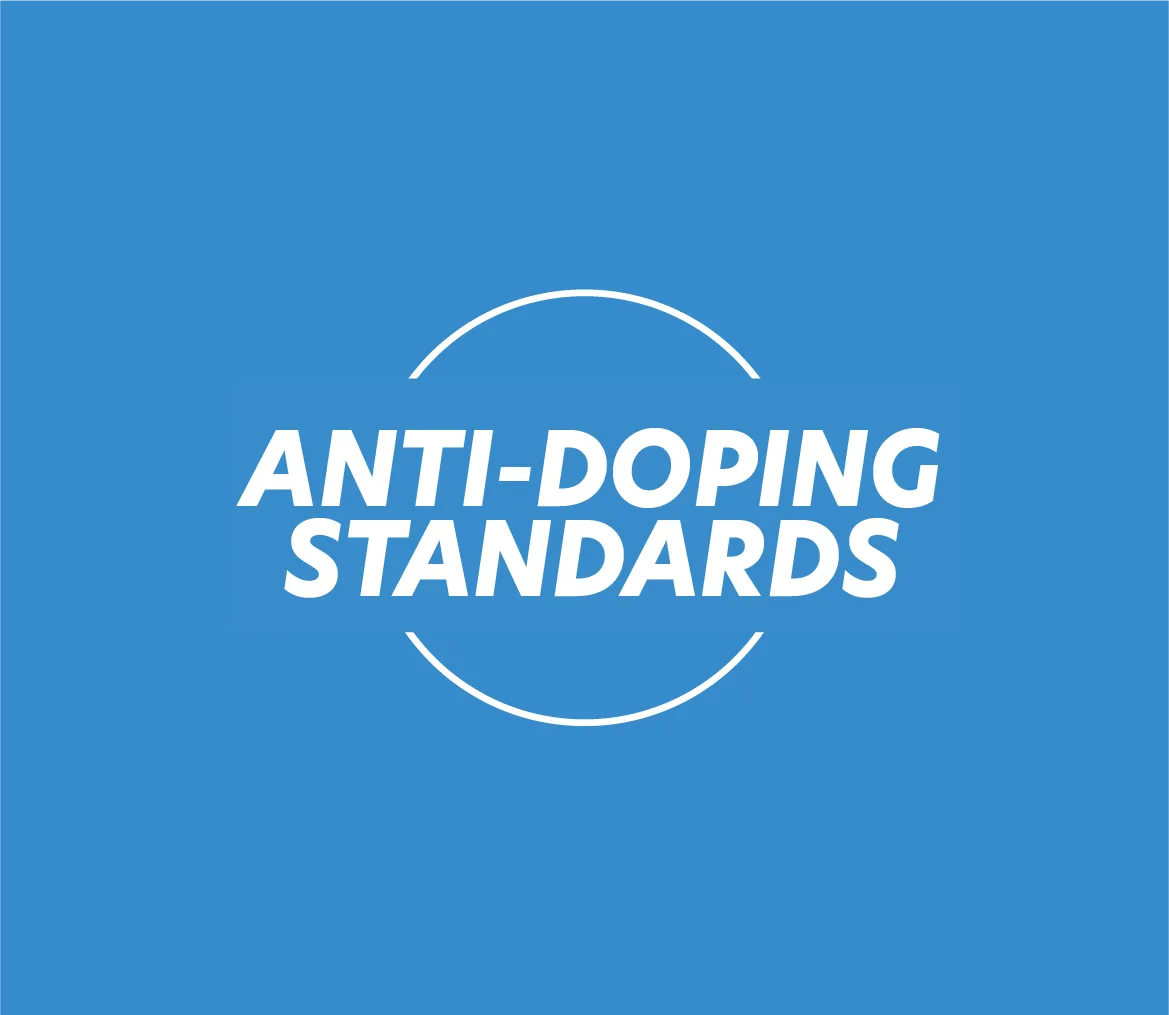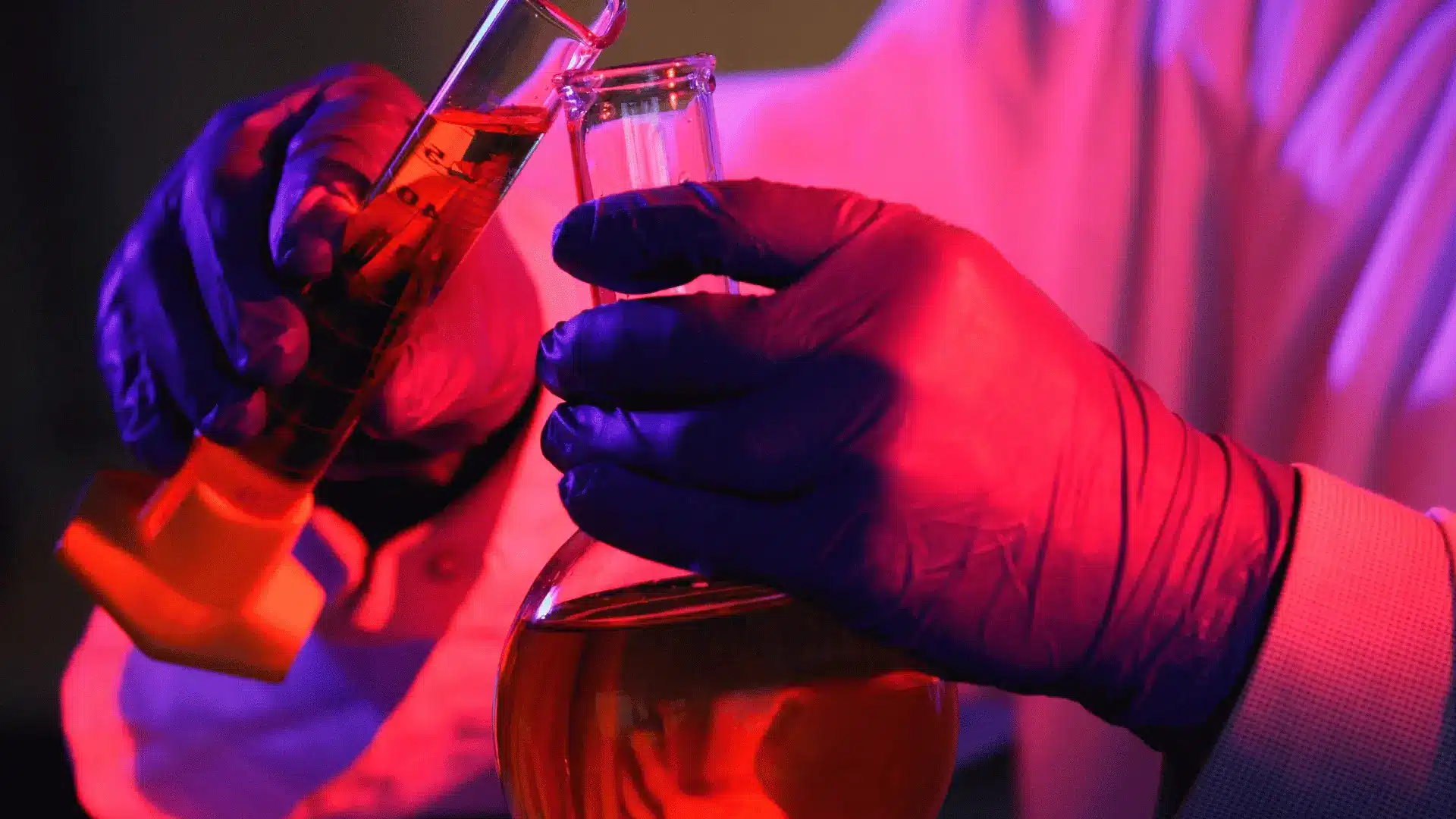Our exclusive analysis of 15 "clear whey" products reveals a disturbing reality: an average of 5 additives per product, with a record of 8 additives for a single clear whey range.
Things to remember :
- 25 different additives identified in just 15 products analyzed
- 5 additives on average per clear whey product
- Artificial sweeteners dominate (23 uses)
- Some ranges contain up to 8 different additives
The obsession with "transparent" visuals: at what price?
The craze for clear whey can be explained by its revolutionary promise: an "invisible" protein that mixes perfectly without foaming or lumping, and with no milky appearance. But this technological feat conceals a less glamorous reality.
In fact, by analyzing 15 different brands, we discovered a veritable chemical cocktail that consumers ingest on a daily basis, often without realizing it.
Top 6 most common additives
Our analysis reveals a clear hierarchy in the use of additives:
- Sucralose E955 (14 occurrences)
The artificial sweetener king of clear whey, present in over half the products analyzed. An organochlorine suspected of paradoxically contributing to insulin resistance and diabetes, as well as certain coronary diseases. - Acide citrique E330 (13 occurrences)
Acidifiant incontournable pour obtenir ce pH ultra-acide (< 4) caractéristique des clear whey. - Silicon dioxide E551 (9 occurrences)
Controversial anti-caking agent, also used in the cosmetics and pharmaceutical industries. - Beta-carotene E160a (6 occurrences)
Colorant to give those attractive orange/yellow hues for marketing purposes, banned in organic in France. - Steviol glycosides E960 (5 occurrences)
The increasingly popular "natural" sweetener, but still a highly processed additive. - Dimethylpolysiloxane E900 (5 occurrences)
Antifoaming agent (silicone) used to limit foaming during mixing and improve the fluidity/coating of powders.
| Code E | Opportunities |
|---|---|
| E955 | 14 |
| E330 | 13 |
| E551 | 9 |
| E160a | 7 |
| E960 | 5 |
| E900 | 5 |
| E471 | 3 |
| E950 | 3 |
| E296 | 2 |
| E338 | 2 |
| E102 | 1 |
| E120 | 1 |
| E129 | 1 |
| E141 | 1 |
| E150a | 1 |
| E150c | 1 |
| E150d | 1 |
| E162 | 1 |
| E170 | 1 |
| E322 | 1 |
| E331 | 1 |
| E332 | 1 |
| E340 | 1 |
| E472a | 1 |
| E491 | 1 |

Alarming record: 7 additives in a single range
The Animal brand holds the record with 7 different additives in its composition if we consider the different flavors. By comparison, a traditional whey protein generally contains between 0 and 3.
A non-exhaustive analysis of the products in the clear whey range shows the presence of the following additives (not necessarily all present in every flavor):
| Additives | Code E |
|---|---|
| Sucralose | E955 |
| Citric acid | E330 |
| Acesulfame K | E950 |
| Mono- and diglycerides of fatty acids | E471 |
| Ammoniacal caramel | E150c |
| Silicon dioxide | E551 |
| Beta-carotene | E160a |
This surfeit of additives is due to the technical complexity required to :
- Absolute visual transparency
- Mask the naturally unpleasant taste of acidified whey
- Stabilize the product over time
- Creating attractive flavors

But what are these additives used for?
Our analysis reveals the distribution of additive functions:
- Sweeteners (to give a sweet taste with 0-sugar marketing): 23 uses (28% of total)
- Colorants: 19 uses (23% of total)
- Acidifiers: 15 uses (18% of total)
- Antimossants: 11 uses (13% of total)
- Emulsifiers: 6 uses (7% of total)
- Acidity correctors: 5 uses (6% of total)
- Other: 4 uses (5% of total)
This breakdown reveals a clear priority: appearance and taste take precedence over nutritional simplicity and long-term health.
The illusion of purity
Paradoxically, clear whey products aremarketedas "pure" and "revolutionary".
Our investigation shows the opposite:
- Multiplication of the number of additives compared to classic whey (to our knowledge, there is no clear whey without additives).
- Systematic presence of artificial or processed sweeteners (steviol glycosides)
- Acidité extrême (pH < 4) nécessitant des correcteurs
The manufacturing process (centrifugation and acidification) radically transforms natural protein into an ultra-processed product.

Regular consumption of clear whey presents documented health risks:
Risques digestifs et dentaires : le pH acide (< 4) de ces produits peut provoquer une érosion de l’émail dentaire, augmenter les reflux gastro-œsophagiens et favoriser l’inflammation de la muqueuse gastrique.
Metabolic imbalance: chronic acidity can lead to metabolic acidosis, resulting in bone demineralization, loss of muscle mass and long-term kidney problems.
Disruption of microbiota and metabolism: intense artificial sweeteners (sucralose, acesulfame K) are suspected of disrupting intestinal flora, promoting insulin resistance and paradoxical weight gain.
Chemical overload: with an average of 5 additives per product (up to 7), the body has to deal with a daily cocktail of artificial substances with no nutritional value.
At-risk population: people with digestive disorders, kidney problems, brittle tooth enamel or already eating an acidic diet should avoid these products.
These risks are amplified by the recommended daily consumption (1-2 shakes/day) and the cumulative effect of additives on the body.
Where to turn?
Faced with this situation, health-conscious consumers have several alternatives:
- Prefer "traditional" whey, not "clear", and above all without additives: even if it foams slightly, this is the sign of a more natural composition.
- Accept the "real" texture: foam indicates the absence of lecithins and artificial anti-caking agents.
- Read labels carefully: look for short compositions with recognizable and traceable ingredients.
The clear whey industry has succeeded in its marketing gamble: turning a minor inconvenience (the milky appearance) into a selling point for a chemically overloaded product.
This exclusive analysis reveals the scale of the problem: 25 different additives for just 15 products. Visual transparency conceals a worrying opacity on actual nutritional quality.
Here are some studies and reference articles on the subject, if you wish to delve deeper:
1Diet-inducedmetabolic acidosis. Clinical nutrition, 30(4), 416-421 by Adeva et al - 2011
2Thealkaline diet: is there evidence that an alkaline pH diet benefits health?. Journal of environmental and public health by Schwalfenberg et al - 2012
3ThepH of beverages in the United States. Journal of the American Dental Association by Reddy et al - 2016
4Dietaryguideline adherence for gastroesophageal reflux disease by Kubo et al - 2014
4Sugarsubstitutes. By Diabète Québec













